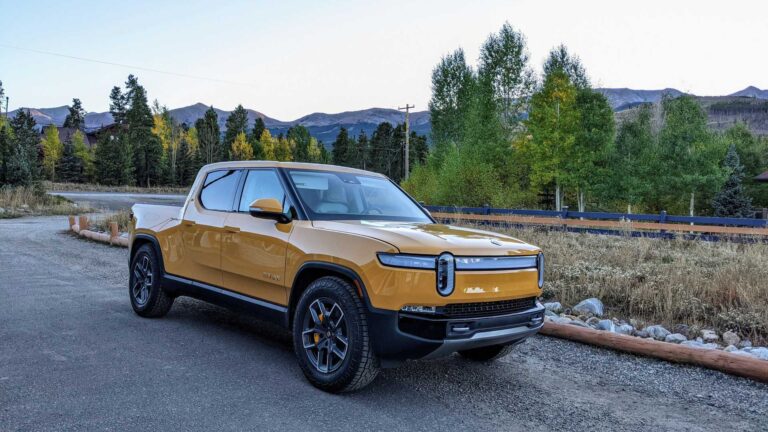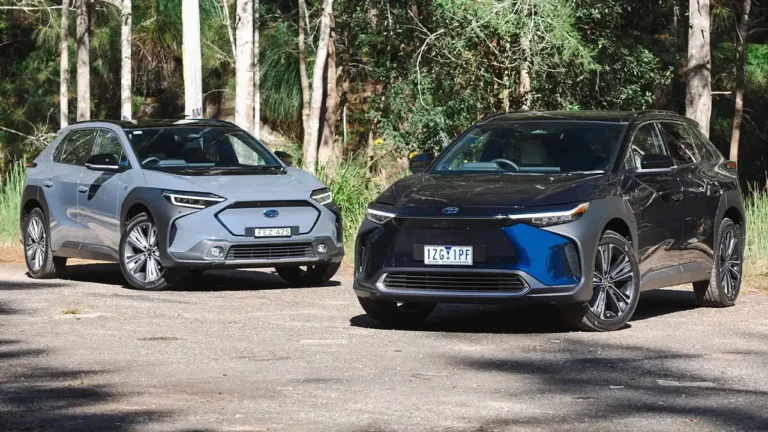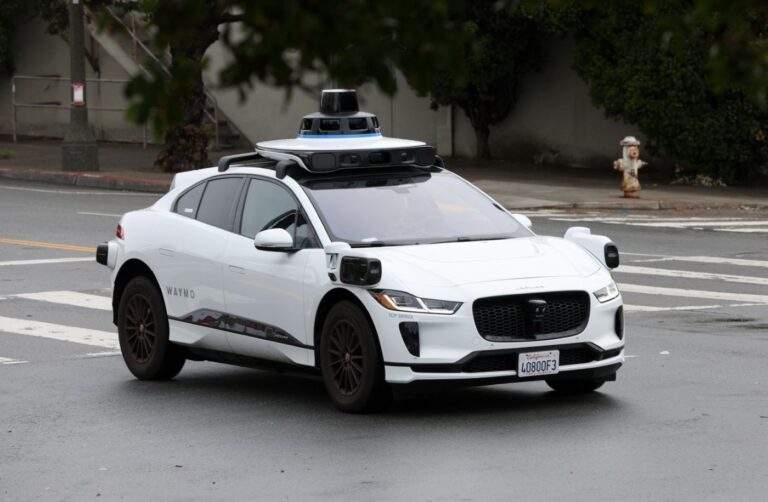While electric vehicles have made impressive strides in range and charging capabilities over the past decade, there’s still more room for improvement. The next major focus is price, which seems to be the central priority for automakers leading up to 2030. A key indicator of this is that Honda appears to be considering a locally produced electric vehicle priced below $30,000 for the American market.
Honda is planning to launch a new electric vehicle in North America priced under $30,000 as early as 2026. The Japanese automaker hopes to attract consumers as purchase incentives are phased out under the current U.S. administration led by President Donald Trump.
Indeed, the $7,500 tax credit for EVs built in North America with batteries sourced from select countries, or leased EVs, has been a major factor in driving electric vehicle sales. This incentive can significantly reduce the effective price of many mass-market U.S.-spec EVs. Even though EVs typically offer a lower total cost of ownership than gasoline-powered vehicles, many buyers are still constrained by their borrowing power. Therefore, any steps toward price parity between electric and traditional vehicles will make it easier for consumers to transition to EVs.

Regardless of whether federal EV tax credits remain in place in the near future, the reality is that electric vehicles still need to become more affordable in the United States. In this regard, Chevrolet has announced the arrival of a new Bolt in 2026, while VinFast has hinted at the possibility of bringing its compact VF3 to America. Honda would do well to target the underdeveloped entry-level segment of the market. The 0 Series EV prototypes discussed here are expected to compete with mid-range EVs, but an affordable third model could make a significant impact.
So, where does Honda stand with its sub-$30,000 EV? According to Reuters, “A Honda spokesperson stated that while the company aims to introduce an entry-level EV priced below $30,000 as part of its series, no final decision has been made about whether that model will be released in North America.” While this isn’t a definitive confirmation, the fact that a sub-$30,000 EV is being planned is a promising sign. This isn’t mere speculation about a future product; the vehicle is actively being developed, and it’s just a matter of whether it will be sold in the U.S.

Today, many vehicles are designed to meet global standards, allowing automakers to spread the cost of research and development across multiple markets. Since electric vehicles don’t emit tailpipe pollutants, as long as they meet equipment and safety regulations, U.S. homologation is less complicated than it is for combustion-powered cars, though it still requires significant effort. If Honda’s $30,000 EV falls into this category, selling it in the U.S. could become a reality.
Ultimately, we’ll have to wait and see what decision Honda makes about bringing a sub-$30,000 EV to the American market. If the numbers align—both in terms of profitability and creating a vehicle with the range and charging capabilities that U.S. consumers expect—it would make sense for Honda to enter the market and undercut most competitors. Honda built its reputation in America with affordable, fuel-efficient small cars that delivered excellent economy and build quality. It would be exciting to see the brand repeat that success in the electric vehicle age.



